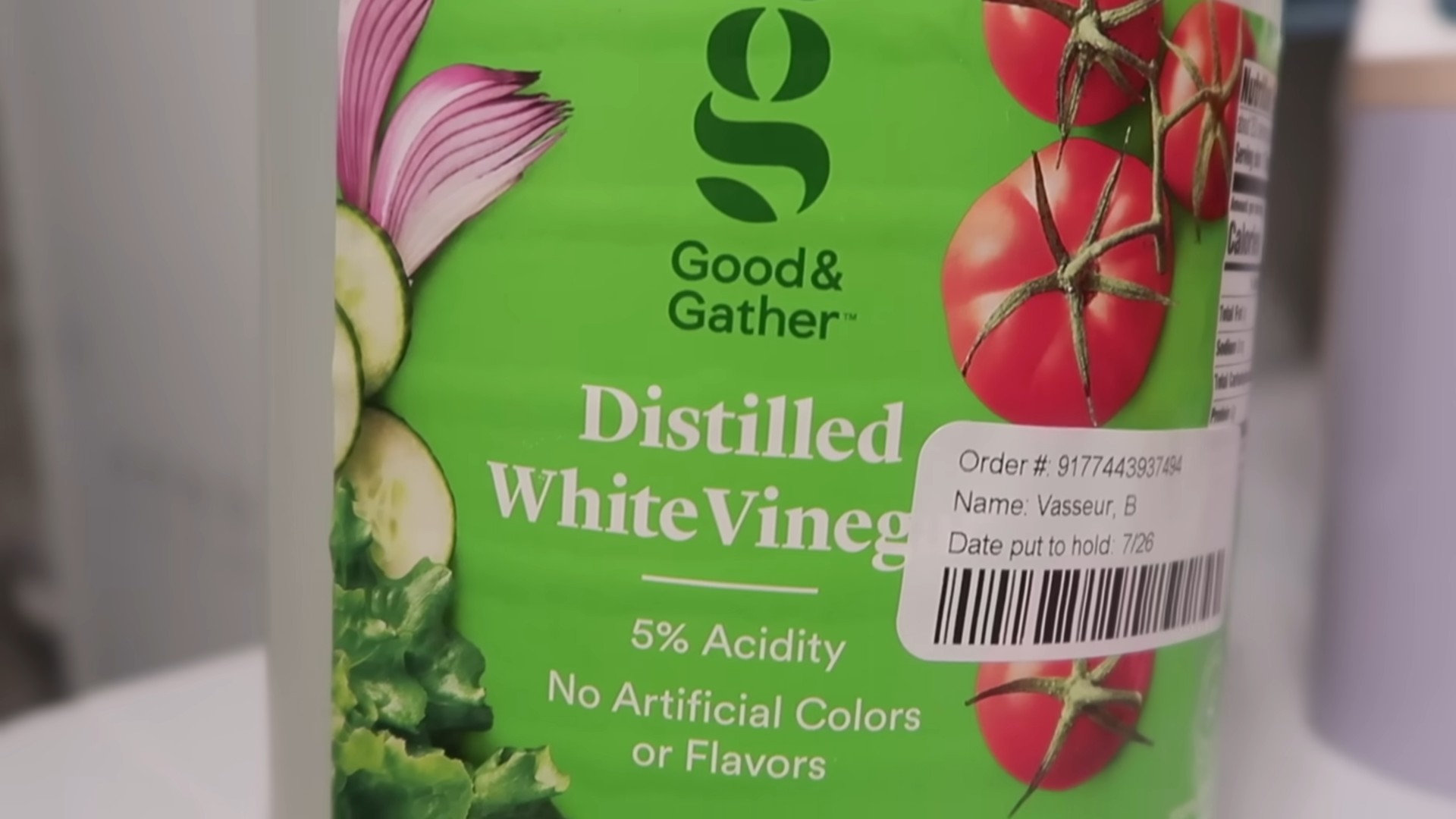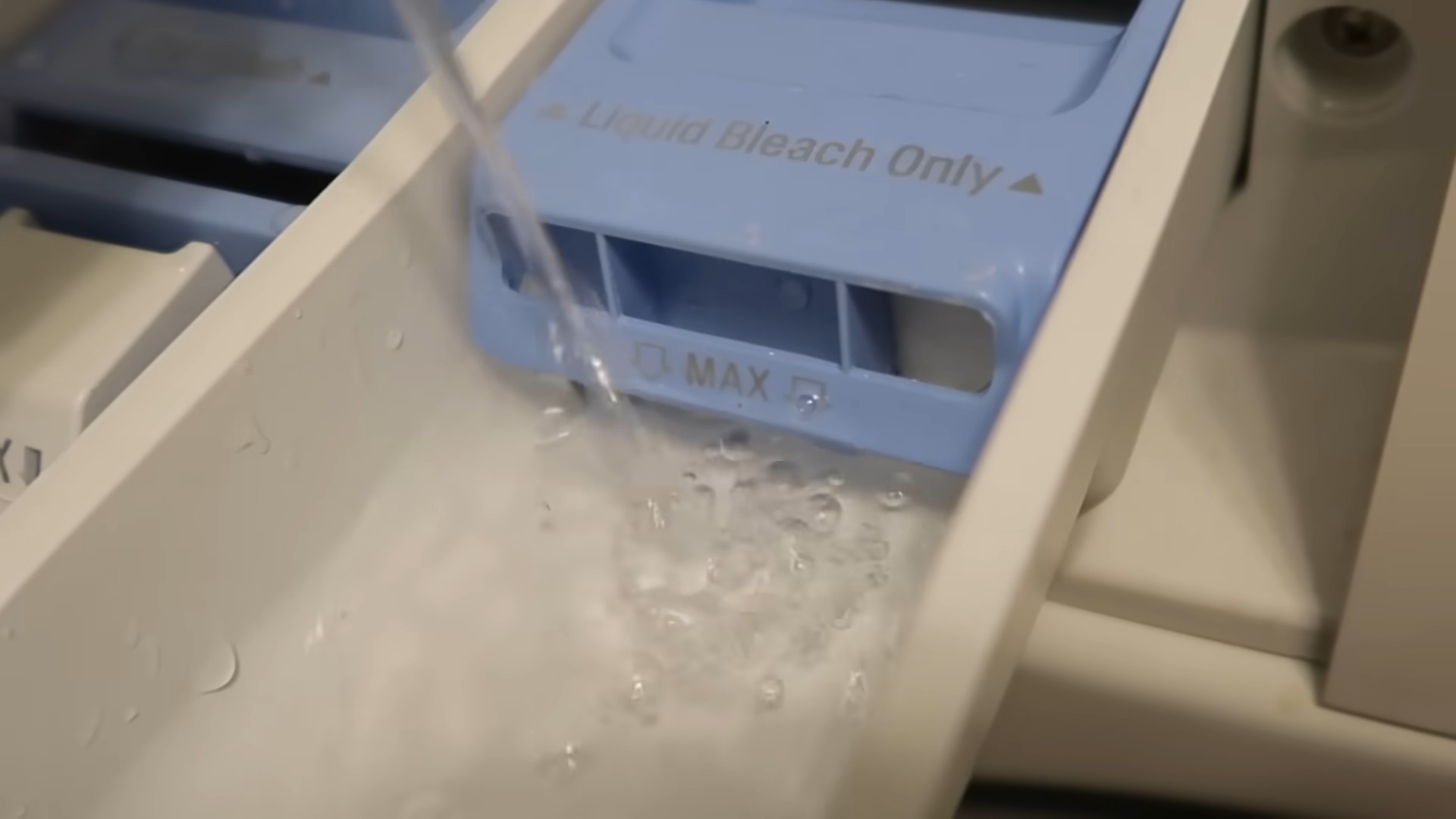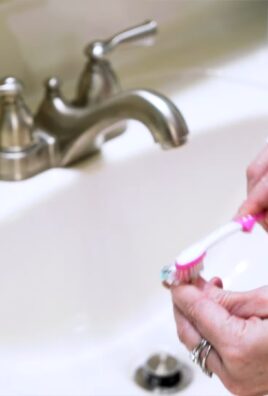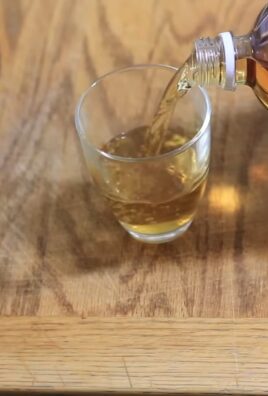Vinegar cleaning: it’s more than just a salad dressing ingredient! For generations, our grandmothers swore by it, and now, I’m here to tell you why this humble pantry staple is your secret weapon for a sparkling clean home. From ancient civilizations using fermented fruits for cleaning to modern-day eco-conscious households, vinegar has a rich history as a natural and effective cleaning agent.
Are you tired of harsh chemicals and expensive cleaning products that promise the world but often fall short? Do you crave a simpler, more sustainable way to keep your home fresh and tidy? Then you’re in the right place! This article is packed with effective DIY tips and tricks that harness the power of vinegar cleaning.
I’ll show you how to tackle everything from stubborn stains and grimy surfaces to lingering odors, all with the magic of vinegar. Not only is it incredibly versatile, but it’s also budget-friendly and environmentally friendly. So, ditch the chemicals and embrace the natural cleaning power of vinegar – your home (and your wallet) will thank you!

DIY Vinegar Cleaning Powerhouse: Unleash the Natural Cleaning Agent!
Hey there, fellow DIY enthusiasts! I’m so excited to share my favorite vinegar cleaning hacks with you. Vinegar is truly a miracle worker – it’s cheap, readily available, and incredibly effective for a wide range of cleaning tasks around the house. Forget harsh chemicals; let’s harness the power of nature!
Why Vinegar?
Before we dive in, let’s quickly touch on why vinegar is such a fantastic cleaning agent. It’s primarily due to its acetic acid content, which is a natural disinfectant and deodorizer. It’s also great at dissolving mineral deposits, grease, and grime. Plus, it’s safe for most surfaces (though we’ll cover some exceptions later!).
Essential Supplies
Before we get started, gather these supplies. You probably already have most of them!
* White distilled vinegar
* Spray bottles (I like to have a few on hand)
* Microfiber cloths (these are my go-to for streak-free cleaning)
* Baking soda (a powerful cleaning partner for vinegar!)
* Essential oils (optional, for a pleasant scent)
* Empty bucket or bowl
* Old toothbrush (for scrubbing tight spots)
* Rubber gloves (to protect your hands, especially for prolonged use)
* Measuring cups and spoons
General Vinegar Cleaning Solution
This is my go-to solution for everyday cleaning. It’s simple, effective, and smells much better than straight vinegar (especially if you add essential oils!).
Ingredients:
* 1 part white distilled vinegar
* 1 part water
* Optional: 10-20 drops of your favorite essential oil (lemon, lavender, tea tree, and eucalyptus are great choices)
Instructions:
1. Mix it up: In a spray bottle, combine the vinegar and water.
2. Add fragrance (optional): If you’re using essential oils, add them now.
3. Shake well: Make sure everything is thoroughly mixed.
4. Label your bottle: This is important so you don’t accidentally use it for something else!
Cleaning Different Areas of Your Home
Now, let’s get into the specifics of how to use vinegar to clean different areas of your home.
Kitchen Cleaning with Vinegar
The kitchen is a breeding ground for germs and grime, so let’s tackle it with vinegar!
1. Countertops: Spray your general vinegar cleaning solution onto countertops and wipe clean with a microfiber cloth. Always test in an inconspicuous area first, especially on natural stone surfaces like granite or marble. Vinegar can etch these surfaces over time. For granite and marble, I recommend a pH-neutral cleaner.
2. Cutting Boards: After washing your cutting boards with soap and water, spray them with vinegar to disinfect. Let it sit for a few minutes, then rinse thoroughly.
3. Microwave: This is one of my favorite vinegar tricks!
* Fill a microwave-safe bowl with 1 cup of water and 1/4 cup of vinegar.
* Microwave on high for 5 minutes.
* Let it sit for another 5 minutes (don’t open the door!). The steam will loosen all the grime.
* Carefully remove the bowl and wipe down the inside of the microwave with a damp cloth.
4. Coffee Maker: Descale your coffee maker with vinegar to remove mineral buildup.
* Fill the water reservoir with a 1:1 solution of vinegar and water.
* Run a full brewing cycle.
* Run two cycles with plain water to rinse away any remaining vinegar.
5. Dishwasher: To freshen and clean your dishwasher, pour 1 cup of white vinegar into the bottom of the empty dishwasher and run a normal cycle. Do this once a month to keep your dishwasher running smoothly.
6. Garbage Disposal: Freshen up your garbage disposal by pouring 1 cup of vinegar down the drain. Let it sit for 30 minutes, then flush with hot water. You can also freeze vinegar into ice cubes and grind them in the disposal for an extra cleaning boost.
7. Stovetop: For greasy stovetops, spray with your general vinegar cleaning solution and let it sit for a few minutes. Then, sprinkle with baking soda and scrub with a sponge. Rinse thoroughly.
Bathroom Cleaning with Vinegar
The bathroom can be a tough cleaning challenge, but vinegar is up to the task!
1. Shower and Tub: Spray your general vinegar cleaning solution onto shower walls, doors, and the tub. Let it sit for 15-20 minutes to dissolve soap scum and hard water stains. Then, scrub with a sponge or brush and rinse thoroughly. For stubborn stains, you can use a paste of baking soda and vinegar.
2. Toilet: Pour 1 cup of vinegar into the toilet bowl and let it sit for at least 30 minutes (or even overnight). Then, scrub with a toilet brush and flush. For extra cleaning power, sprinkle baking soda into the bowl before adding the vinegar.
3. Showerhead: Remove mineral buildup from your showerhead by soaking it in vinegar.
* Fill a plastic bag with vinegar.
* Attach the bag to the showerhead with a rubber band, ensuring the showerhead is submerged in the vinegar.
* Let it soak for several hours or overnight.
* Remove the bag and run the shower to flush out any remaining vinegar and debris.
4. Mirrors and Glass: Vinegar is a fantastic glass cleaner! Spray your general vinegar cleaning solution onto mirrors and glass surfaces and wipe clean with a microfiber cloth for a streak-free shine.
5. Sink and Faucets: Clean and shine your sink and faucets with vinegar. Spray with your general cleaning solution, let it sit for a few minutes, and then wipe clean. For hard water stains around the faucet base, soak a paper towel in vinegar and wrap it around the faucet. Let it sit for an hour or two, then scrub and rinse.
Other Household Cleaning with Vinegar
Vinegar isn’t just for the kitchen and bathroom! Here are some other ways to use it around your home.
1. Floors: Clean hard floors (tile, linoleum, vinyl) with a vinegar solution. Mix 1/2 cup of vinegar with 1 gallon of warm water. Mop the floor with the solution, rinsing the mop frequently. Do not use vinegar on hardwood floors, as it can damage the finish.
2. Windows: Clean windows inside and out with your general vinegar cleaning solution. Spray the windows and wipe clean with a microfiber cloth or squeegee.
3. Laundry: Vinegar can be used as a natural laundry booster and fabric softener. Add 1/2 cup of vinegar to the rinse cycle to soften clothes and remove odors. It can also help to brighten whites.
4. Remove Stickers and Labels: Soak a cloth in vinegar and apply it to the sticker or label. Let it sit for a few minutes, then peel off the sticker. The vinegar will help to dissolve the adhesive.
5. Clean Blinds: Mix equal parts vinegar and warm water in a bowl. Dip a clean cloth or sock into the solution and wring out the excess. Wipe down the blinds, one slat at a time.
6. Deodorize Carpets: Sprinkle baking soda over the carpet and let it sit for at least 30 minutes (or even overnight). Then, vacuum thoroughly. For extra deodorizing power, you can lightly spray the carpet with a vinegar and water solution (test in an inconspicuous area first!).
7. Clean Your Iron: To clean the soleplate of your iron, heat the iron to a low setting. Dip a cloth in vinegar and rub it over the soleplate to remove mineral buildup. Be careful not to burn yourself! You can also steam vinegar through your iron by filling the water reservoir with a 1:1 solution of vinegar and water and running the steam function.
8. Clean Electronics Screens: Dampen a microfiber cloth with a very diluted vinegar solution (a few drops of vinegar in water) and gently wipe the screen. Be sure to wring out the cloth well so it’s not too wet. Never spray liquid directly onto the screen.
Things to Avoid When Cleaning with Vinegar
While vinegar is a fantastic cleaning agent, there are a few things you should avoid cleaning with it:
* Natural Stone Surfaces (Granite, Marble, etc.): As mentioned earlier, vinegar can etch these surfaces.
* Hardwood Floors: Vinegar can damage the finish on hardwood floors.
* Waxed Furniture: Vinegar can strip the wax from waxed furniture.
* Electronics Screens (Use with Caution): Use a very diluted solution and a well-wrung cloth.
* Iron: While you can clean the soleplate, avoid getting vinegar inside the iron’s electrical components.
Tips for Success
* Always test in an inconspicuous area first: This is especially important for delicate

Conclusion
So, there you have it! Ditching harsh chemicals and embracing the power of vinegar for your cleaning needs is not just a trend; it’s a smart, sustainable, and surprisingly effective way to keep your home sparkling. We’ve explored a range of applications, from tackling stubborn grime in the kitchen to banishing soap scum in the bathroom, all with the humble power of vinegar.
Why is this vinegar cleaning approach a must-try? Because it’s economical, readily available, and significantly reduces your exposure to potentially harmful chemicals. Think about it: no more lingering fumes, no more worrying about accidental spills harming your family or pets, and a lighter footprint on the environment. Plus, the satisfaction of knowing you’re achieving a deep clean with a natural solution is incredibly rewarding.
But the beauty of vinegar cleaning lies in its versatility. Feel free to experiment with different infusions to add a personal touch. For instance, citrus peels (lemon, orange, grapefruit) steeped in vinegar for a few weeks create a wonderfully fragrant cleaner that’s perfect for countertops and sinks. Lavender or rosemary sprigs can be added for a calming scent, ideal for bathroom cleaning. You can also adjust the vinegar-to-water ratio depending on the severity of the cleaning task. For heavily soiled areas, a stronger vinegar solution might be necessary, while for lighter cleaning, a more diluted solution will suffice.
Consider adding a few drops of your favorite essential oil to your vinegar cleaning solution for an extra boost of fragrance and potential antibacterial properties. Tea tree oil, eucalyptus oil, and peppermint oil are all excellent choices. Just remember to always test your cleaning solution on an inconspicuous area first to ensure it doesn’t damage the surface.
Don’t be afraid to get creative! Vinegar can even be used to revive dull laundry, remove hard water stains from showerheads, and even clean your dishwasher. The possibilities are truly endless.
We wholeheartedly encourage you to give these DIY vinegar cleaning tips a try. Start with a small project, like cleaning your microwave or descaling your kettle, and witness the magic for yourself. Once you experience the effectiveness and simplicity of vinegar cleaning, you’ll likely find yourself reaching for that bottle more often than you ever imagined.
And most importantly, we want to hear about your experiences! Share your successes, your challenges, and your unique vinegar cleaning concoctions in the comments below. Let’s build a community of eco-conscious cleaners who are passionate about creating healthy and sparkling homes, one vinegar-powered clean at a time. Your insights and tips could inspire others to make the switch and embrace the power of natural cleaning. Let us know what worked for you, what didn’t, and any variations you discovered along the way. Together, we can unlock the full potential of vinegar cleaning and create a cleaner, healthier world for ourselves and future generations.
FAQ
Is vinegar safe to use on all surfaces?
No, vinegar is not safe to use on all surfaces. Avoid using vinegar on natural stone surfaces like marble, granite, and limestone, as the acidity can etch and damage them. It’s also best to avoid using vinegar on waxed furniture, as it can strip the wax finish. Unsealed grout can also be damaged by vinegar. Always test your vinegar cleaning solution on an inconspicuous area first to ensure it doesn’t cause any discoloration or damage. When in doubt, consult the manufacturer’s instructions for the surface you’re cleaning.
What type of vinegar is best for cleaning?
Distilled white vinegar is the best type of vinegar for cleaning. It’s inexpensive, readily available, and has a consistent acidity level, making it effective for a wide range of cleaning tasks. Avoid using other types of vinegar, such as apple cider vinegar or balsamic vinegar, as they may contain sugars or other additives that can leave a sticky residue or stain surfaces.
Does vinegar really kill bacteria and germs?
Vinegar is an effective disinfectant against some common household bacteria and germs, such as E. coli and Salmonella. However, it’s not as powerful as commercial disinfectants like bleach. For surfaces that require thorough disinfection, such as cutting boards or areas contaminated with raw meat, it’s best to use a stronger disinfectant. Vinegar is a great option for everyday cleaning and sanitizing, but it’s not a substitute for proper hygiene practices.
How do I get rid of the vinegar smell after cleaning?
The vinegar smell typically dissipates within a few hours. To speed up the process, you can open windows and doors to ventilate the area. You can also add a few drops of your favorite essential oil to your vinegar cleaning solution to mask the vinegar smell. Citrus oils, lavender oil, and peppermint oil are all good choices. Another option is to wipe down the cleaned surfaces with a damp cloth and then dry them with a clean towel.
Can I mix vinegar with bleach?
Never mix vinegar with bleach! This combination creates toxic chlorine gas, which can cause serious respiratory problems and even be fatal. Always use vinegar and bleach separately, and never mix them together in the same container or on the same surface.
How do I clean my coffee maker with vinegar?
To clean your coffee maker with vinegar, fill the water reservoir with a solution of equal parts white vinegar and water. Run the coffee maker through a full brewing cycle. Then, run two or three cycles with fresh water to rinse away any remaining vinegar. This will help remove mineral buildup and improve the performance of your coffee maker.
Can I use vinegar to clean my washing machine?
Yes, you can use vinegar to clean your washing machine. Pour two cups of white vinegar into the detergent dispenser and run a hot water cycle. This will help remove detergent residue, mildew, and odors from your washing machine. You can also add a half-cup of baking soda to the drum for extra cleaning power.
How often should I clean with vinegar?
The frequency of cleaning with vinegar depends on your individual needs and preferences. For everyday cleaning tasks, such as wiping down countertops and sinks, you can use vinegar as often as you like. For deeper cleaning tasks, such as descaling your kettle or cleaning your washing machine, you can do it once a month or as needed.
What are some other uses for vinegar besides cleaning?
Vinegar has many other uses besides cleaning. It can be used as a natural weed killer, a fabric softener, a hair rinse, and even a food preservative. It’s a versatile and inexpensive household staple that can be used for a wide range of purposes.
Is vinegar cleaning safe for pets and children?
Vinegar is generally considered safe for pets and children when used properly. However, it’s important to keep vinegar out of reach of children and pets, as ingestion can cause irritation. When cleaning with vinegar, make sure to ventilate the area well and allow the surfaces to dry completely before allowing children or pets to come into contact with them. If your pet or child ingests vinegar, contact your veterinarian or doctor immediately.




Leave a Comment